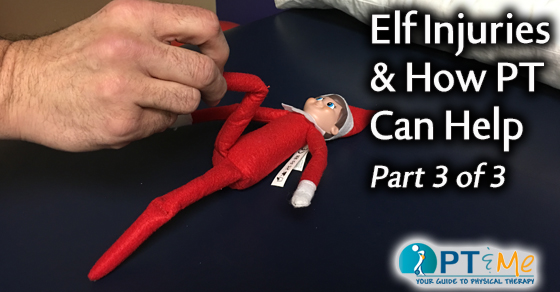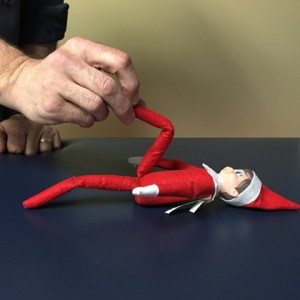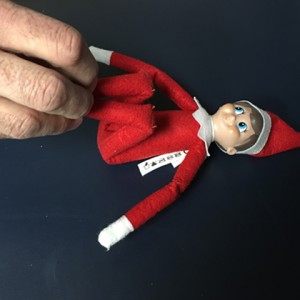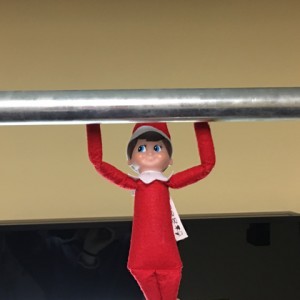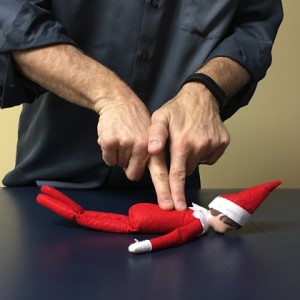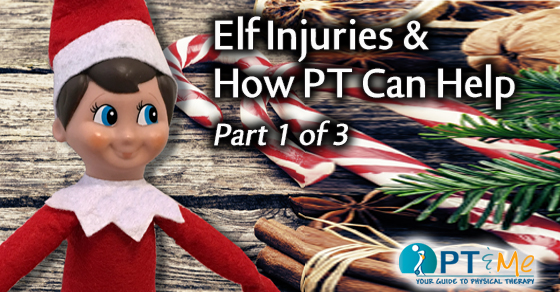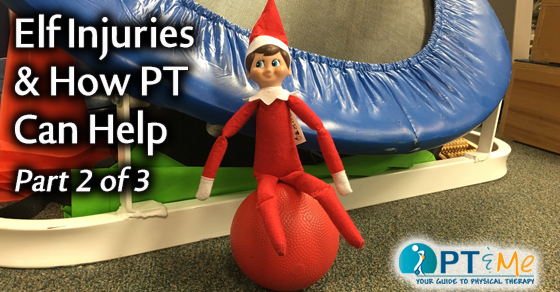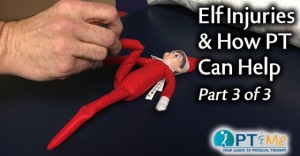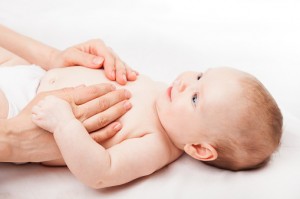It’s that time of year, when we check in on Santa’s helpers to see if they can use some physical therapy. With their heavy lifting and high demand job they’re always experiencing injuries. Our new elf friend Ziggy, is the perfect patient for PT.
Previously…
Ziggy was at one of PTandMe’s partnering physical therapy clinics awaiting the arrival of one of our trusted physical therapists.
Our therapist first performed some stretching techniques on Ziggy to help relieve his aches and pains (Don’t worry Santa said it was okay to touch our “elf on the shelf” friend).
Then so more stretching techniques to help out our little friend…
Now the therapist has Ziggy doing some pulls ups on our wonderful clinic’s pull-up bar to help Ziggy get back to working shape.
Time for deep tissue massage on Ziggy’s aching back…
Thanks to the great physical therapy Ziggy got at our wonderful PT & Me clinics he is now ready to lift all the toys into Santa’s sleigh just in time for the holiday!
THE END.
See Ziggy’s complete physical therapy experience here!
Special thanks to Action Physical Therapy, in Houston, TX, for accommodating the demanding work schedule of Santa’s elves. Click Here for more information about Action Physical Therapy.

